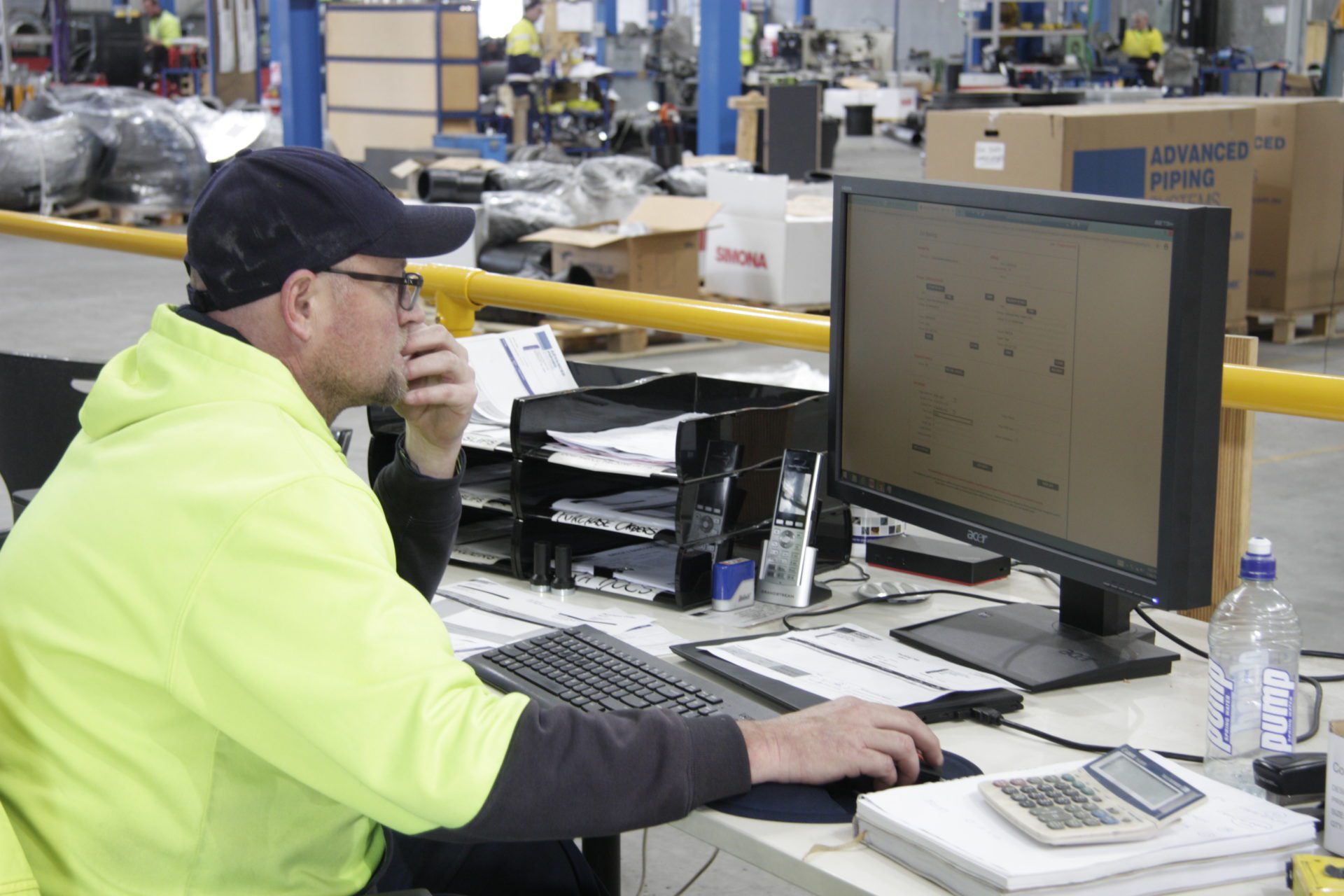A guide to getting started with Reliability Centred Maintenance

Reliability-centred maintenance (RCM) is a solid conceptual framework for maintenance management. For a start-to-finish rundown, there’s a technical SAE standard and even entire books about RCM. This one-pager will refresh your memory about the questions to ask when you’re getting started.
Definitions
Assets are the things that you and your team maintains.
System is what the delivers the value that your company offers customers, workers, and others.
Context is the value you offer and your network of people.
Failure is when an asset (or your system) stops doing its bit to deliver value.
Questions to ask before putting your RCM plan together
How are our assets, system, and context related?
- How are our assets, system, and context related?
- What is your organisation producing?
- Who do you produce it for?
- How does your system of production work?
- What is your organisation sensitive to?
- Why do we have this asset?
- What’s it worth to us?
- How could the failure of this asset prevent us from achieving our goals?
- What do your people really want in relation to this asset?
- Who else needs this asset or system to function, and why?
- What do your people need the asset to do? For example:
a. What safety considerations do they have?
b. How do they operate the asset?
c. Do they have up-time requirements?
d. What does it mean for them when it fails?
e. Why do they operate it that way?
f. Where and how does this asset relate to other assets?

